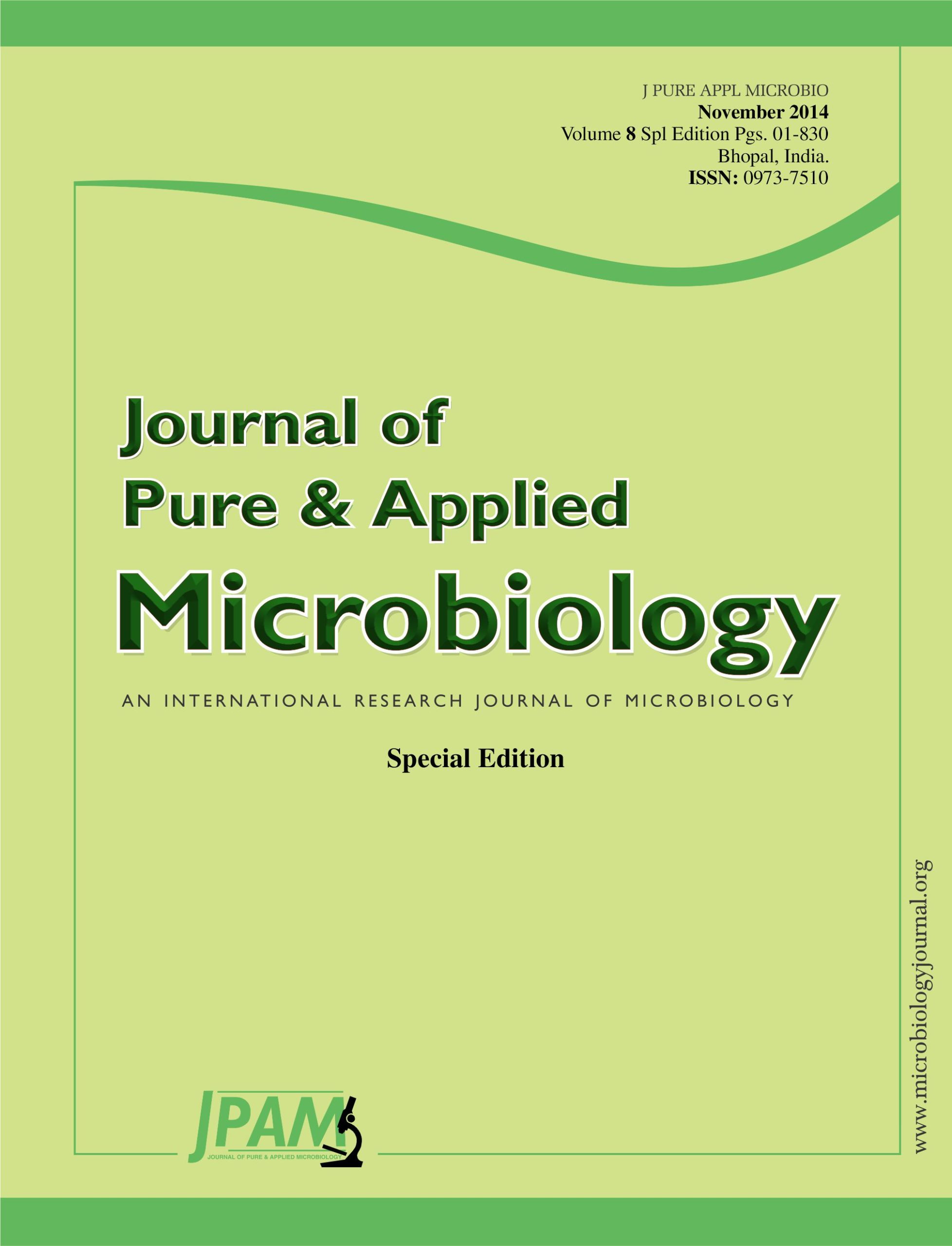Five pathogenic fungi (Alternaria alternata, Bipolaris sorokiniana, B. spicifera, Fusarium avenaceum and F. graminearum) were evaluated for seed discoloration, shriveling, germination and seedling vigor of wheat. Three wheat cultivars (Yecora Rojo, Logame and Sammah), two inoculation times (at anthesis and 12 days later) and two environmental conditions (wet and dry) were used in this investigation. Considerable differences were recorded between the tested fungi for seed discoloration, shriveling, germination and seedling vigor at each treatment. Fungal mycelia were also assessed in wheat grains via estimation of chitin and ergosterol contents. For each fungal species, significant differences between samples were detected. It is evident that visual characteristics of seed provide an imperfect guide to the extent that seed is infected by fungi. Chemical analysis for either chitin or ergosterol, if developed for routine use, could well be helpful in identifying potentially samples on which additional analyses for specific mycotoxins could be carried out.
Alternaria alternata, Chitin, Discoloration, Ergosterol, Bipolaris sorokiniana , Seed germination and Shriveling
© The Author(s) 2014. Open Access. This article is distributed under the terms of the Creative Commons Attribution 4.0 International License which permits unrestricted use, sharing, distribution, and reproduction in any medium, provided you give appropriate credit to the original author(s) and the source, provide a link to the Creative Commons license, and indicate if changes were made.


